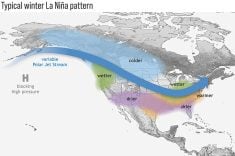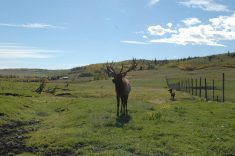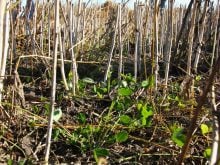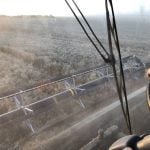High humidity and frequent rain showers are keeping hay crops from drying enough to bale and adding to farmers’ frustration this year.
Saskatchewan provincial forage specialist Michel Tremblay said the issue has become quality versus quantity.
“Producers are well aware that the timing of harvest has a large impact on quality,” Tremblay said last week. “Faced with the alternative of cutting the feed and watching it turn black and rot or leaving it stand and wait for that window, they’re choosing to let it stand. It’s more mature but it’s the lesser of two evils.”
Read Also
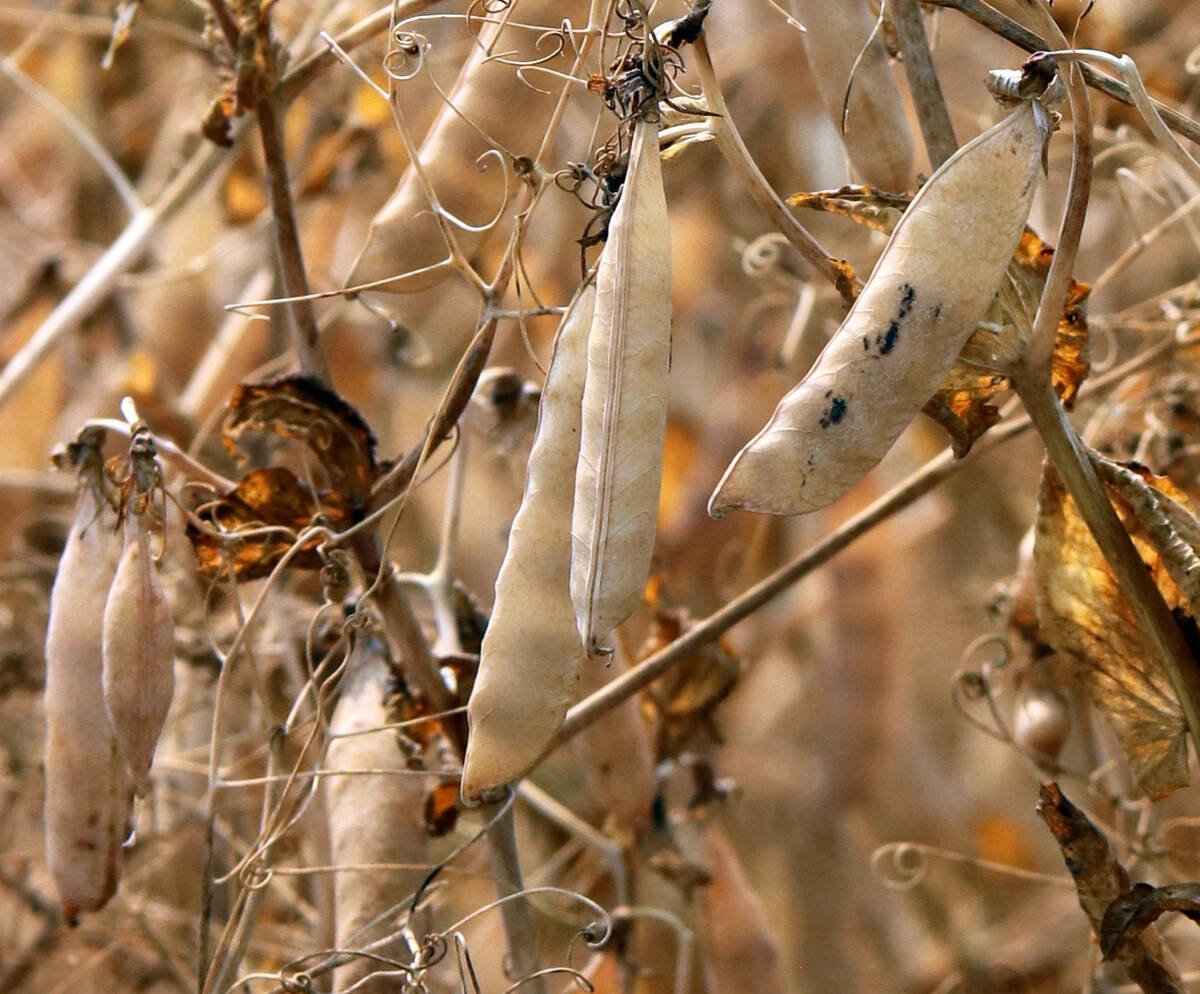
Trump’s tariffs take their toll on U.S. producers
U.S. farmers say Trump’s tariffs have been devastating for growers in that country.
Hay naturally dries as it matures, but that also affects quality, he said.
The hay crop is more advanced south of the Trans-Canada Highway and faring better than fields further north where the high relative humidity is extending drying time, he said.
Last week’s Saskatchewan crop report estimated the average dry land hay yield at 1.9 tons per acre, up from the five-year average of 1.4 tons. Irrigated alfalfa and alfalfa/brome are expected to yield 2.8 tons per acre.
“Any of the fields I’ve seen, even the older ones, are above average in yield,” said Tremblay.
The trick is to get those yields harvested for this winter’s feed.
In Saskatchewan, first cut haying operations typically begin in earnest after the July long weekend, but it is now four weeks past that and there is a significant amount of hay that hasn’t been cut.
“Growers are looking for a window in which they can cut, dry and bale,” Tremblay explained.
Those windows have been few and far between.
Drying time is a function of relative humidity and temperature. Temperatures are in the normal range for this time of year but humidity is far higher.
“When one of these individual variables is not in your favour, there’s only so much you can do,” Tremblay said.
Most producers are using mower conditions to crimp the hay, he said. At least two-thirds of the length of the stem should be cut to promote drying. Adjusting the spacing and tension on the conditioning rollers can accomplish this.
Adjusting the crop deflector and windrow forming shields can make a wider, less dense windrow.
The deflector directs the hay backward and parallel to the ground instead of directly at the ground, making a fluffier windrow, Tremblay said.
Hay rakes typically aren’t seen in Saskatchewan but they’re in use this year.
“Generally yields are low enough and the temperature is hot enough that (raking) isn’t required,” he said.
However, producers are using them this year to move the windrows off damp ground and promote drying.
Producers might also consider hay preservatives to dry the crop or allow it to be baled at higher moisture contents, but these require applicators.
Acid-based preservatives decrease the pH of the hay and inhibit microbial growth, while biological preservatives discourage fungal growth.
Haylage is another option, where bales are individually wrapped or ensiled in tubes.
Both of these options require an additional investment in application or wrapping and Tremblay said those costs have to be weighed against the value of the hay.
Producers also have to consider the type of bales they are putting up.
Small square bales, for example, should have a top end moisture content of 15 percent.
Soft core round bales are less dense in the middle and can be stored at 20 percent moisture, while hard core round bales should not be more than 17 percent.
The large square bales of 800 to 1,500 pounds are dense and moisture content should be no more than 12 to 15 percent.
As tempting as it might be to bale at higher levels, Tremblay said spoilage will occur and producers will only exchange one problem for another.
Because the delayed hay harvest is affecting quality, producers should check if the feed meets their livestock requirements. Tremblay said it may be suitable for beef cattle but not necessarily for dairy cows.




